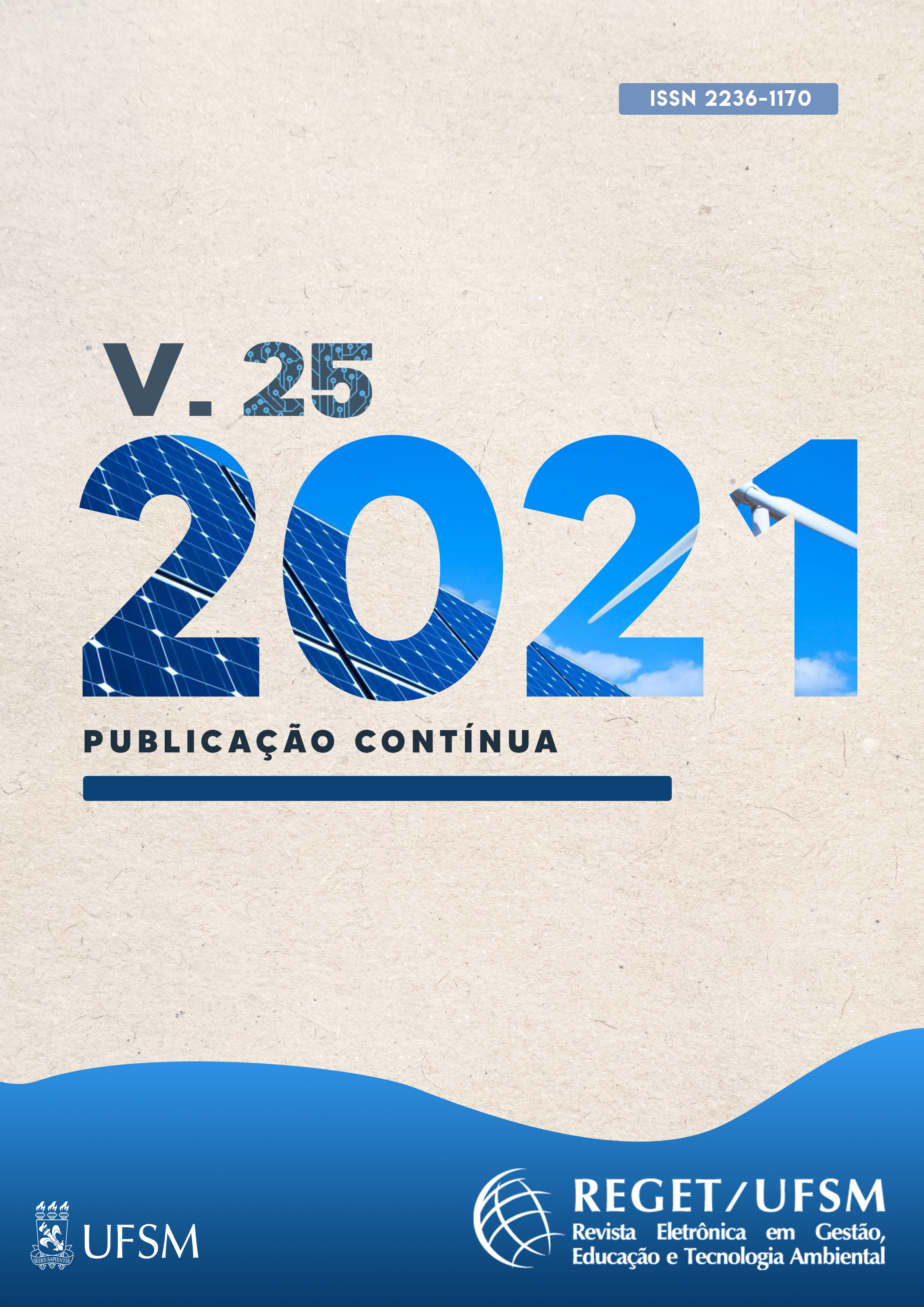Impacts of exchange rate and economic, political, cultural, infrastructural, and environmental indicators on tourism in Iran
DOI:
https://doi.org/10.5902/2236117063797Parole chiave:
exchange rate, composite indicators, tourism revenueAbstract
Known as the second most profitable industry worldwide, tourism is now very important to states and can have a prominent role in their economic growth. Therefore, it is necessary to analyze the factors affecting tourism. In addition to the exchange rate, these factors include economic, political, cultural, infrastructural, and environmental indicators, all of which were analyzed in this study. For this purpose, a vector autoregressive (VAR) model was developed to analyze data of Iran from 1981 to 2018. According to the research findings, the exchange rate and economic, political, cultural, infrastructural, and environmental composite indicators had significant impacts on Iran’s tourism revenue.
Downloads
Riferimenti bibliografici
EBRAHIMI, M., PEDRAM, M. Analyzing Importance and Effectiveness of Economic Variables on Exchange Rate in Iran. Economic Development Policy, Al-Zahra University, 2(3), 141-168, 2014.
ERGEN, E., YAVUZ, E. Empirical Analysis of the Relationship between Tourist Flows and Exchange Rate Volatility: ARDL Method, International Journal of Economics and Innovation, 3(1), 35-46, 2017.
FATAHI, S. Advantages of Islamic Tourism Industry on Iran’s Economy and Culture. April 29, 2017.
GEORGE, A., AND DIMITRIOS, S., AND NICHOLAS, T. “Effects of Exchange Rate Volatility on Tourist Flows into Iceland”, Procedia Economics and Finance, 24, 25-34, 2016.
GHARAMALEKI, H. Effect of Increased Exchange Rate on Turkey’s Tourism Industry. Karabük University, 2018.
MASOUM ZADEH, S., SHIRAFKAN LAMSOU, M. Analyzing Effects of Exchange Rate Regimes on International Tourism Flow in Selected Islamic Countries: Gravity Approach. Urban Tourism, 4(4), 73-89, 2017.
MOHAMMADI, E. A. Factors Affecting Tourism Demands in Iran. Economic Sciences, 3(10), 127-136, 2010.
NIAZI, E., REZAEI, GH. Effect of Exchange Rate Shock on International Tourism Flow in Iran. Second National Tourism Conference, National Capitals and Future Outlook, 2015.
OGBEBA EHIGOCHO, P., OJI-OKORO, I., AND ABBA ABUBAKAR, S. “Exchange Rate Fluctuation and Tourism Sector Output in Nigeria”, International Journal of Management Science and Business Administration 3(1), 48-55. DOI: 10.18775/ijmsba.1849-5664-5419.2014.31.1005, 2016.
PANAHI, H., MASOUM ZADEH, S., RAZAGHI, S. Analyzing Effect of Exchange Rate on Iran’s Tourism Payment Balance. Applied Theories of Economy, 4 (2), 98-112, 2017.
RAJABIAN, M. A; SALIMIFAR, M. Effect of Actual Exchange Rate on Non-Oil Trade Balance: Iran-Turkey Empirical Comparison. Rahbord, 24 (77), 275-294, 2015.
RASEKHI, S., MOHAMMADI, S. Factors Affecting Tourism Demands in the Caspian Sea Countries. Tourism Management Studies, 12 (38), 67-89, 2017.
TAMIZI, A., SHAHBAZI, S. Analyzing Effect of Exchange Rate Volatility on Iran’s Tourism Sector. Scientific and Research Seasonal Journal of Tourism and Development, 7 (4), 1-17, 2018.
##submission.downloads##
Pubblicato
Versioni
- 2022-07-28 (6)
- 2022-07-25 (5)
- 2022-07-25 (4)
- 2022-07-25 (3)
- 2022-07-21 (2)
- 2021-03-22 (1)
Come citare
Fascicolo
Sezione
Licenza
Copyright (c) 2021 Revista Eletrônica em Gestão, Educação e Tecnologia Ambiental

Questo lavoro è fornito con la licenza Creative Commons Attribuzione - Non commerciale - Condividi allo stesso modo 4.0 Internazionale.
DECLARATION




